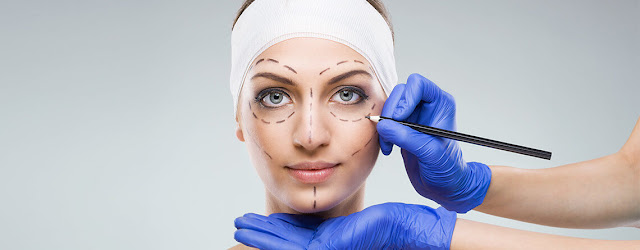Treatment For Bedsores
Your doctor will most likely examine your skin attentively to see if you have a pressure ulcer and, if so, what stage the wound is in. Staging aids in determining the optimal treatment option for you. Blood tests may be required to examine your overall health.
The doctor's questions
Your doctor may ask you questions like:
- When did you initially notice the pressure sore?
- What is the level of discomfort?
- Have you ever had a pressure ulcer?
- How were they handled, and what was the treatment's outcome?
- What kind of care support do you have access to?
- What's your procedure for switching positions?
- What medical issues have you been diagnosed with, and how are you now treating them?
- What is your daily dietary and fluid intake like?
Treatment
Reducing pressure on the damaged skin, caring for wounds, regulating discomfort, limiting infection, and keeping proper nutrition are all part of treating pressure ulcers.
Reducing the pressure and friction that produced the bedsore is the first step in curing it. Among the strategies are:
- Repositioning. If you have a bedsore, rotate and change positions frequently. The frequency with which you readjust is determined by your health and the quality of the surface you are on.
- Making use of support surfaces. Make use of a mattress, bed, and special cushions that allow you to sit or lie in a way that protects your skin.
Wounds are cleaned and dressed.
The severity of a pressure ulcer is determined by the depth of the incision. Cleaning and treating a wound entails the following steps:
- Cleaning. Wash the afflicted skin with a light cleanser and pat it dry if it isn't broken. Each time the dressing is changed, clean the open wounds with water or a saltwater (saline) solution.
- Applying a bandage. A bandage helps the wound heal faster by keeping it wet. It also acts as an infection barrier and keeps the skin around it dry. Films, gauzes, gels, foams, and treated coverings are all options for bandages. It's possible that you'll need a mix of dressings.
Damaged tissue is removed.
Wounds must be devoid of damaged, dead, or infected tissue in order to recover effectively. Damaged tissue can be removed by gently washing the wound with water or cutting out damaged tissue by the doctor or nurse.
Surgery
If a significant bedsore does not heal, surgery may be required. Using a pad of your muscle, skin, or other tissue to cover the wound and cushion the injured bone is one form of surgical healing (flap surgery).
A bed sore is a painful, generally reddened region of ulcerated, degenerating skin that develops as a result of a lack of movement and pressure, and is aggravated by contact with urine or other irritating fluids. Bed sores that aren't treated can become gangrenous or infected. Patients who are confined to a wheelchair or bed face the greatest risk of developing bed sores. These can be avoided by moving the patient frequently, keeping the skin dry and clean, and changing the bedding. Pressure sores, decubitus ulcers, and decubitus sores are all terms used to describe bed sores.
We diagnose bed sores and provide excellent bed sores therapy / bed sores surgery at a reasonable cost to our patients.
To get bedsore treatment in Bangalore, contact now to book an appointment at 9844070904 at Dr. Priyadarshan Expert Cosmetic and Plastic Surgeon


Comments
Post a Comment